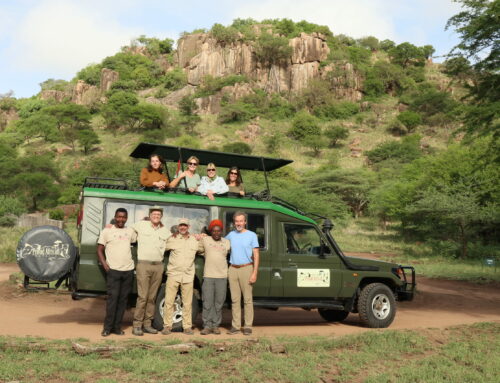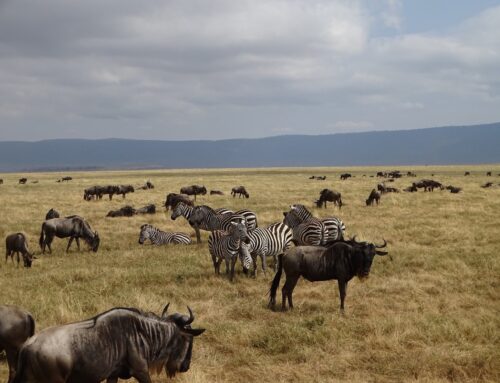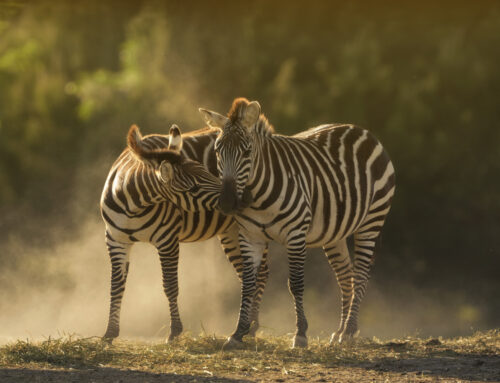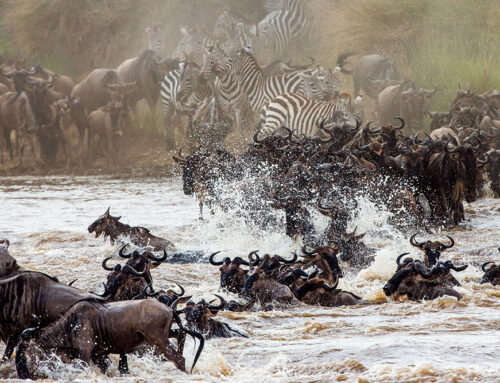Securing a future for the animal species on Earth that face consistently declining numbers is imperative. Giraffe are no exception to a drop in numbers. Around 30 years ago, there were only 49 West African Giraffe in the wild. Now, there are over 600.
It’s this type of rebound that can keep giraffe from extinction, the Giraffe Conservation Foundation along with the African Parks Network, have been working tirelessly to replace the giraffe population throughout Africa.
Measures Taken for Giraffe Replenishment
The GFC, with contributions for the government in Niger, were able to move giraffes for the purpose of conservation. This is the first ever, and a major step toward bringing West African Giraffes back to that part of Africa.
West African Giraffe existed in only one single population until now. In a journey that lasted two days, eight giraffes were relocated to start a second on the Gadabedji Biosphere Reserve.
The Uganda Wildlife Authority was able to help the GFC with conservation as well, with a heavy focus on education. Nubian giraffe populations have doubled. Where there once was 2, there now are 4 thriving giraffe populations in Uganda.
By watching the populations grow, experts have been able to involve local communities in raising awareness of the critical condition of many giraffe populations. The addition of trackers has contributed to allowing an insight into each population dynamics and threats.
Keeping the Numbers Up
Like most large wild animals, giraffe populations would be in a continual state of growth if it weren’t for humans. The impacts of habitat degradation, poaching, human population growth, and civil unrest throughout Africa threaten giraffe numbers more than any other factors.
By understanding the impact of our actions, we open the door to awareness and the stabilization of giraffe populations in Africa.
Securing a future for the animal species on Earth that face consistently declining numbers is imperative. Giraffe are no exception to a drop in numbers. Around 30 years ago, there were only 49 West African Giraffe in the wild. Now, there are over 600.
It’s this type of rebound that can keep giraffe from extinction, the Giraffe Conservation Foundation along with the African Parks Network, have been working tirelessly to replace the giraffe population throughout Africa.
Measures Taken for Giraffe Replenishment
The GFC, with contributions for the government in Niger, were able to move giraffes for the purpose of conservation. This is the first ever, and a major step toward bringing West African Giraffes back to that part of Africa.
West African Giraffe existed in only one single population until now. In a journey that lasted two days, eight giraffes were relocated to start a second on the Gadabedji Biosphere Reserve.
The Uganda Wildlife Authority was able to help the GFC with conservation as well, with a heavy focus on education. Nubian giraffe populations have doubled. Where there once was 2, there now are 4 thriving giraffe populations in Uganda.
By watching the populations grow, experts have been able to involve local communities in raising awareness of the critical condition of many giraffe populations. The addition of trackers has contributed to allowing an insight into each population dynamics and threats.
Keeping the Numbers Up
Like most large wild animals, giraffe populations would be in a continual state of growth if it weren’t for humans. The impacts of habitat degradation, poaching, human population growth, and civil unrest throughout Africa threaten giraffe numbers more than any other factors.
By understanding the impact of our actions, we open the door to awareness and the stabilization of giraffe populations in Africa.






